We’ll increase conversions by
20-100+%
on your website.
Get a FREE Audit today
See how we can help your business increase conversion rates
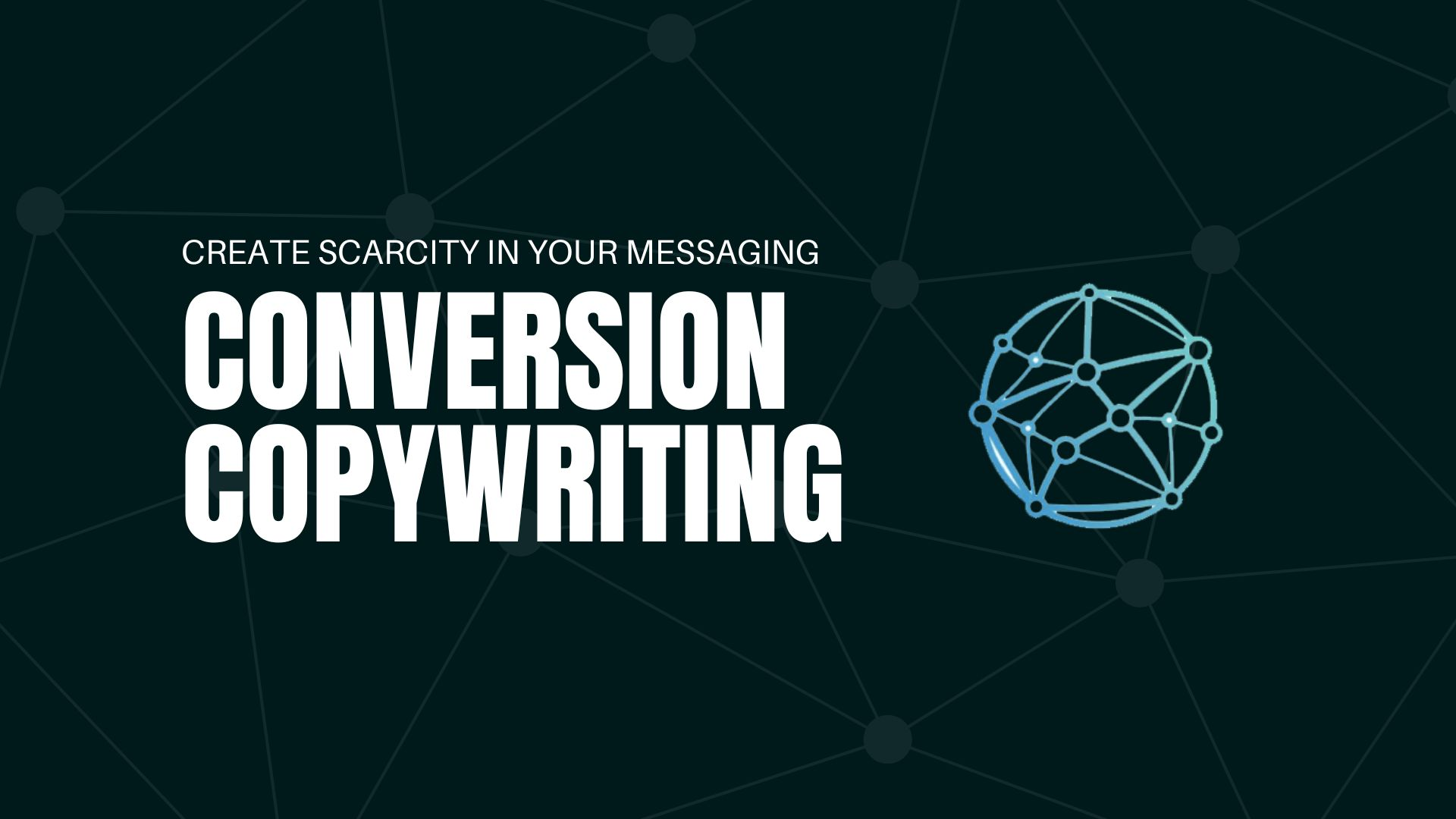
Why Conversion Copywriting is Essential for Scarcity Marketing
Do you feel like you’re shouting into the void, with no one hearing your message?
You’re not alone in this struggle. Like many small business owners, you may have overlooked a magical concept called conversion copywriting. But fear not, because, with this enchanted knowledge, you can craft words that will persuade, engage, and inspire your visitors like never before.
With the power of conversion copywriting, your website will become a beacon of light in the vast sea of the internet. Your visitors won’t be passive spectators anymore, but active participants in your brand’s story.
They’ll eagerly click, subscribe, and buy, enchanted by the words on your website.
So if you’re ready to transform your website and unlock the potential of your brand’s story, then conversion copywriting is the magic you’ve been waiting for.
Let’s explore this enchanting concept together and make your website shine.
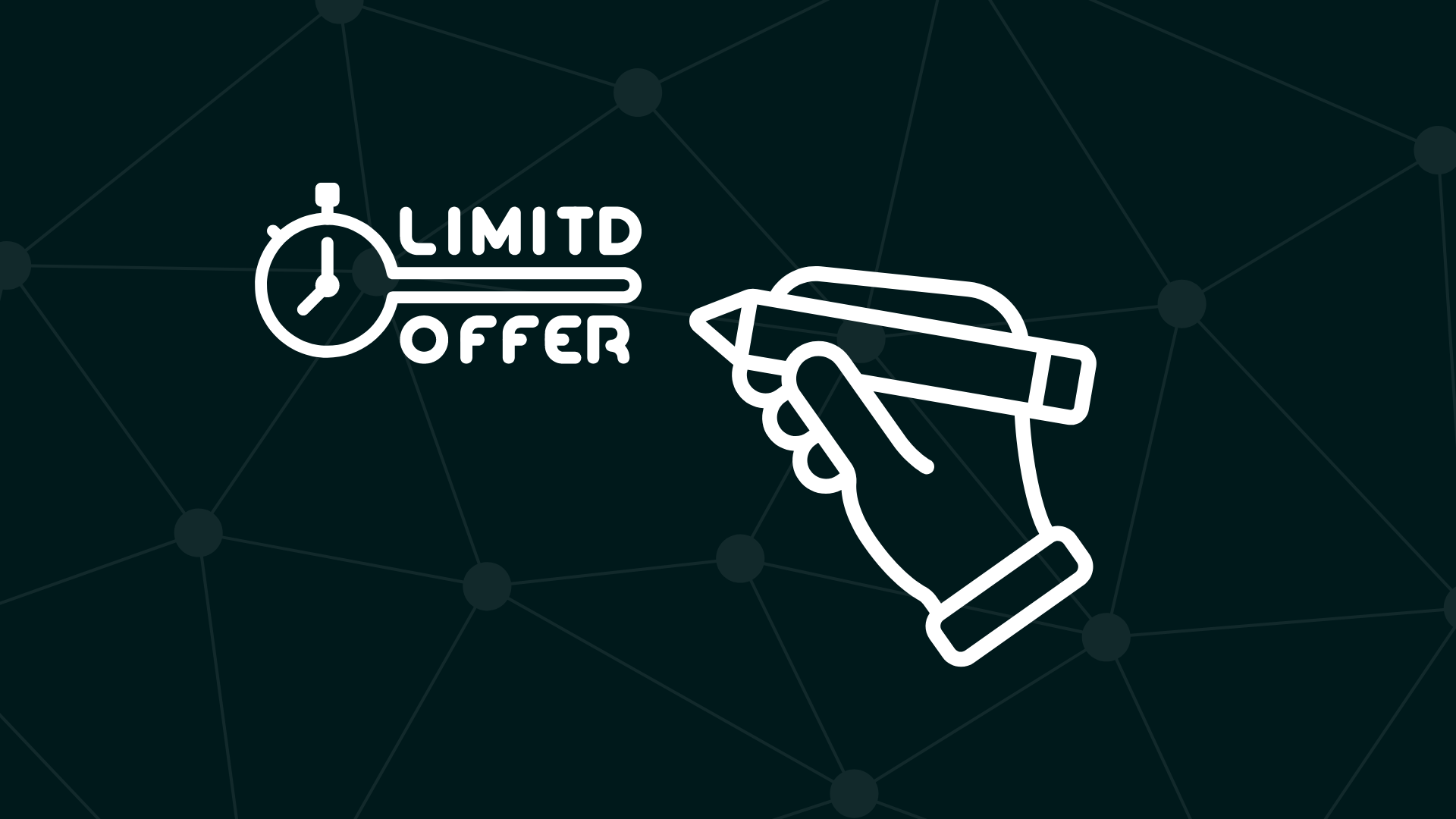
What is conversion copywriting?
You may have tried and heard of employing scarcity marketing strategies on landing pages such as countdown timers and the psychological principle of FOMO messaging. But, have you looked into the most crucial part of it all?
If you want to increase your website’s conversion rates and turn more visitors into paying customers, you need to know how to write conversion copy that sells.
Conversion copywriting is the art and science of using words to persuade people to take a specific action, such as making a purchase, filling out a form, or signing up for a newsletter. In other words, it’s the type of writing that’s designed to convert visitors into customers.

Why is copywriting important in scarcity marketing?
Imagine you are browsing on a SaaS landing page, and you find yourself a pretty good deal of their services. However, it’s been conspicuously noted that the “discounted price is only available in the next 10 minutes”, and that this will be your only chance to make a one-time payment for the product; otherwise, you can only make access through a subscription deal.
You are weighing the pros and cons of the lifetime option and the monthly subscription. As a result, you’re left with no choice but to choose the former because of its exclusivity and your fear of missing out on a good deal.
That’s how effective copywriting can be when properly employed in your scarcity marketing efforts.
You can create a persuasive message that speaks to the desires and emotions of the target audience, establishing your product or service’s perceived value and making them feel as though this is an opportunity they simply can’t miss.

How to be successful in conversion copywriting
To be successful at conversion copywriting, you need to understand the key elements of persuasive writing and the scarcity principle.
These elements include understanding your audience, crafting compelling headlines and subheadings, creating persuasive copy, optimizing your copy for conversion, and testing and iterating to improve your results.
In the rest of this post, we’ll explore each of these elements in detail.

Understand your target audience
One of the most important aspects of conversion copywriting is understanding your target audience. If you don’t know who you’re writing for, you won’t be able to craft messages that resonate with them.
To start, you need to identify your target audience — whether they’re existing customers or new ones.
Who are you trying to reach with your marketing messages?
Imagine you’re standing in the middle of a bustling city street, surrounded by a sea of people hurrying to and fro. You’re holding a megaphone and trying to get your message across to everyone around you, but it’s difficult to make yourself heard over the noise of the traffic and the crowds.
This is what it’s like to be a marketer in today’s world. You have a message you want to get out to the masses, but you need to find a way to cut through the noise and grab people’s attention. The first step in doing this is to understand who you’re trying to reach.
So, who is your target audience? They’re the people who are most likely to be interested in what you have to say. They’re the ones you want to engage with and persuade you to take action.
What are their demographics, interests, and behaviors?
Knowing your target audience’s demographics, interests, and behaviors can help you craft messages that resonate with them.
For example, if you’re targeting young adults who love adventure sports, you might use edgy language and imagery to appeal to their sense of excitement and daring. It’s also easier for your scarcity claims to work on them.
On the other hand, if you’re targeting older adults who value stability and security, you might use more conservative messaging and visuals that emphasize trust and dependability. However, scarcity appeals to an older audience and might not work all the time, so make sure you know how scarcity works in their language.
Once you’ve identified your audience, you can conduct audience research to learn more about them. This might include surveys, focus groups, or online research.

Creating buyer personas
This is another effective way to understand your target audience. A buyer persona is a fictional representation of your ideal customer. Moreover, you can better understand your customers’ needs, motivations, and pain points. Star ratings are a plus as well!
Once you understand your audience, you can tailor your messaging to their needs and pain points. What are their biggest challenges or concerns? How can your product or service help them solve their problems?
Keep these questions in mind when making your message and you can create copy that resonates with your target audience.
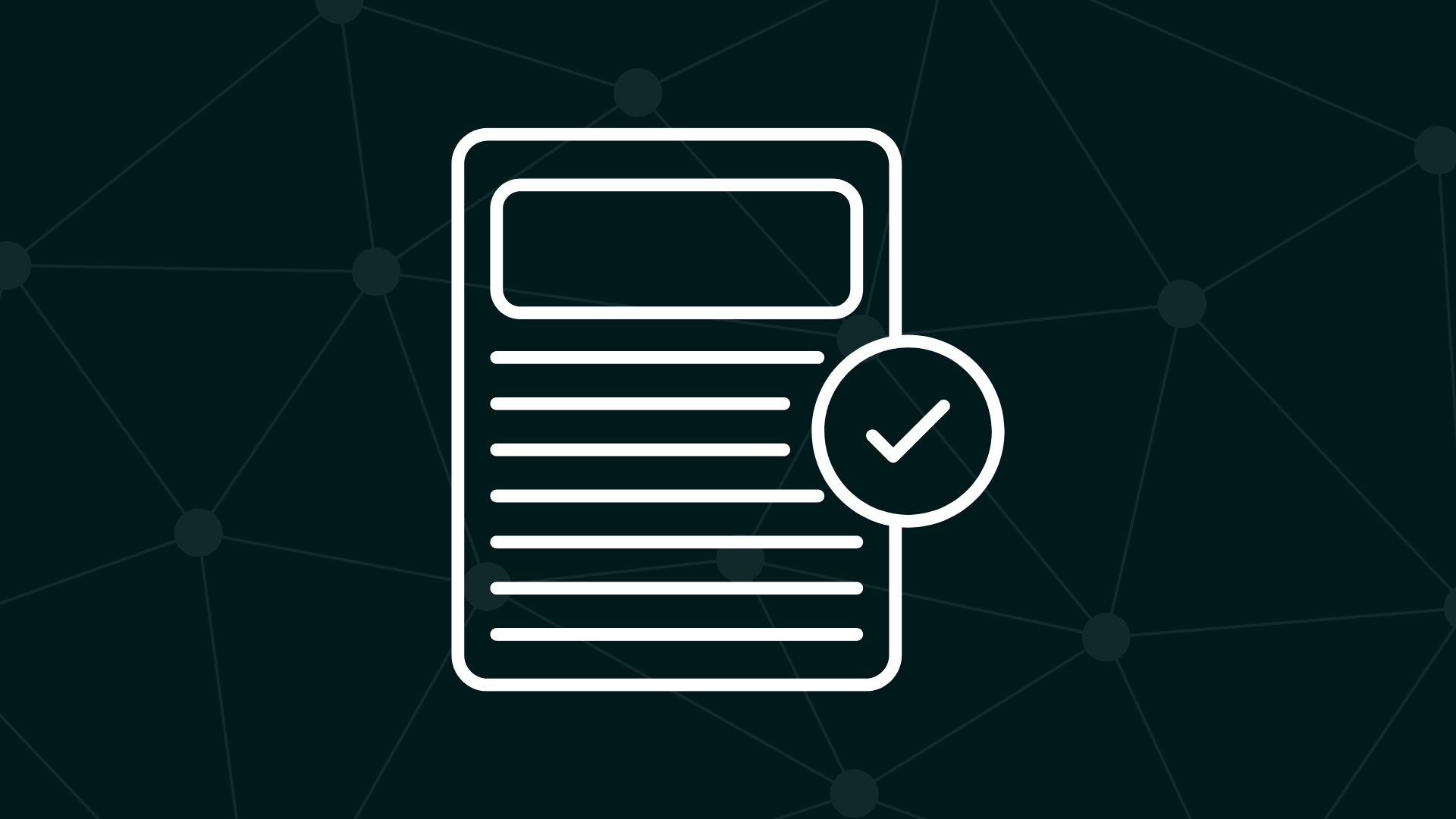
Crafting Compelling Headlines and Subheadings
Your headlines and subheadings are some of the most important elements of your copy. They are the first things that people see when they land on your website, and they can make or break your chances of converting them into customers.
That’s why it’s important to understand the importance of headlines and subheadings. A well-crafted headline can grab your audience’s attention and make them want to learn more about your product or service, as well as create scarcity for your brand. A subheading can provide additional information and help persuade them to take action.
You should keep them clear, concise, and benefit-focused. Your headline should convey the primary benefit of your product or service, while your subheading should provide more details and address any potential objections or concerns.
Here are some tips for writing effective headlines and subheadings:
-
Use numbers or data to make your headlines more compelling.
-
Use action words to make your headlines more persuasive.
-
Use emotional triggers to appeal to your audience’s feelings and desires.
-
Keep your headlines and subheadings short and to the point.
-
Test different headlines and subheadings to see what works best for your audience.
Here are some examples of impactful headlines and subheadings:
-
Headline: “Improve Your Conversion Rate With Our Proven Marketing Strategies”
Subheading: “With only 30 minutes left before our deal shuts down, now’s your chance to be part of the industry’s top 10%.”
-
Headline: “Transform Your Body in Just 30 Days with Our Fitness Program”
Subheading: “Be personally coached by the best trainers and have exclusive perks! Hurry and get a free gift when join!”
You know the drill. You’ve seen or heard of these examples, and as such, you can craft headlines and subheadings that grab your audience’s attention as fast as possible.
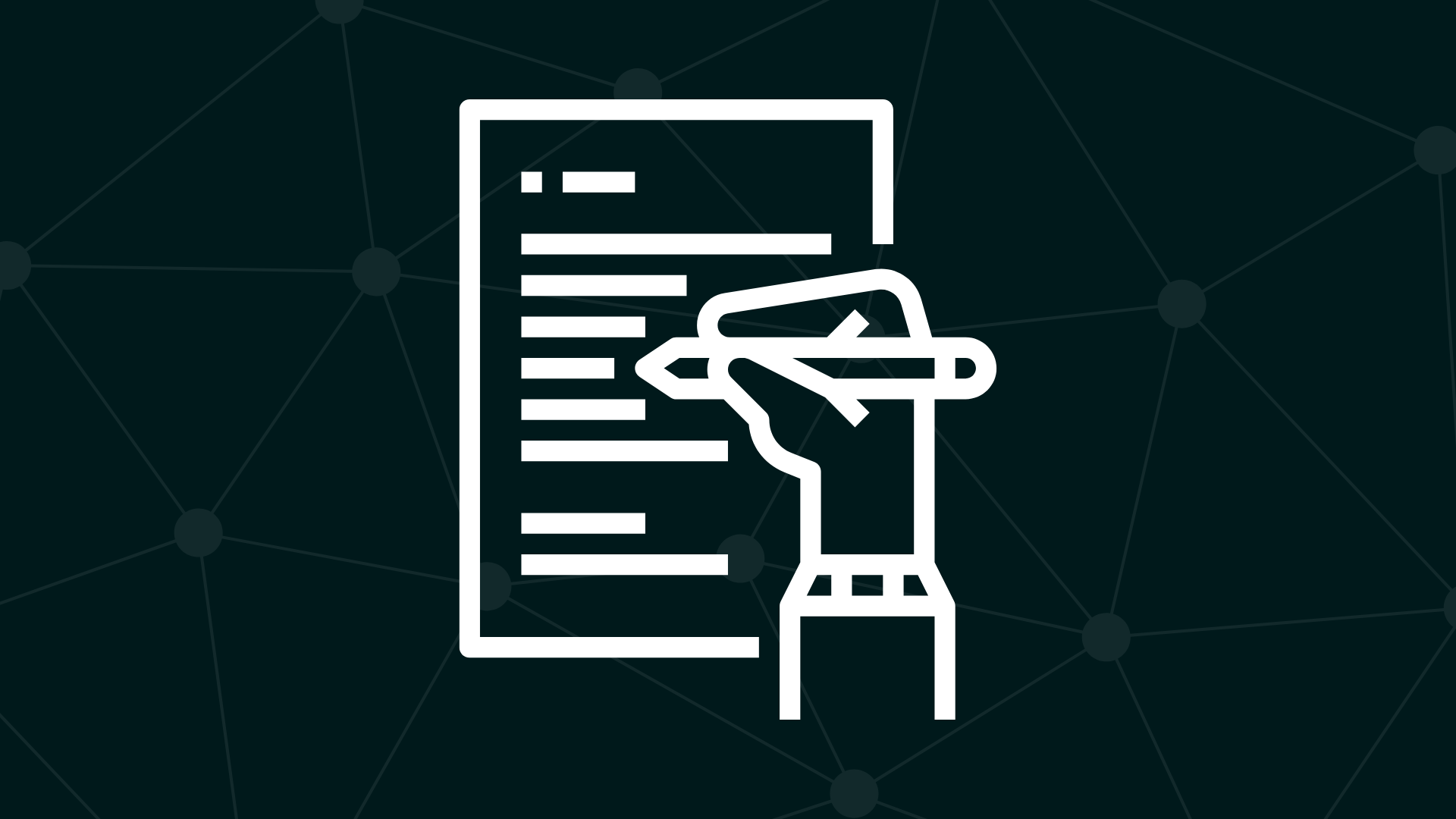
Generate your message accordingly
Now that you understand your target audience and have crafted compelling headlines and subheadings, it’s time to focus on the body of your copy. This is where you’ll provide more information about your product or service and persuade your audience to take action.
You should keep your messaging benefit-focused, rather than feature-focused. That means highlighting how your product or service will benefit your customers, rather than just listing its features. For example, instead of saying “Our software has a user-friendly interface,” you could say “Our software is easy to use, so you can save time and focus on growing your business.”
After generating your best product descriptions, try to add scarcity marketing tactics such as putting “limited quantities” or “limited supply” in your message.
A blog post is also a great way to bring higher value to your product. A thorough explanation of your product can influence your customer’s purchase decision.
If you’re doing email marketing, you can also give your email subscribers the option of hitting the pre-order button for limited time offers.

Leverage social proof
Another effective technique for persuasive copy is using social proof and testimonials. Social proof is the idea that people are more likely to take action when they see others doing the same thing. Testimonials are a powerful way to provide social proof and show potential customers that your product or service has helped others like them.
To address objections and concerns, you should be transparent and honest about your product or service. What are some common objections or concerns that your audience might have? How can you address these concerns in your copy?
Here are some tips for writing persuasive copy:
-
Use benefit-focused language to emphasize how your product or service will help your customers.
-
Use social proof and testimonials to show that your product or service has helped others like them.
-
Address objections and concerns to build trust with your audience.
-
Use a conversational tone to make your copy more engaging and relatable.
-
Keep your copy concise and easy to read.
There’s no better way than to tell another buyer’s journey — it’s essentially a free guide for a particular product.
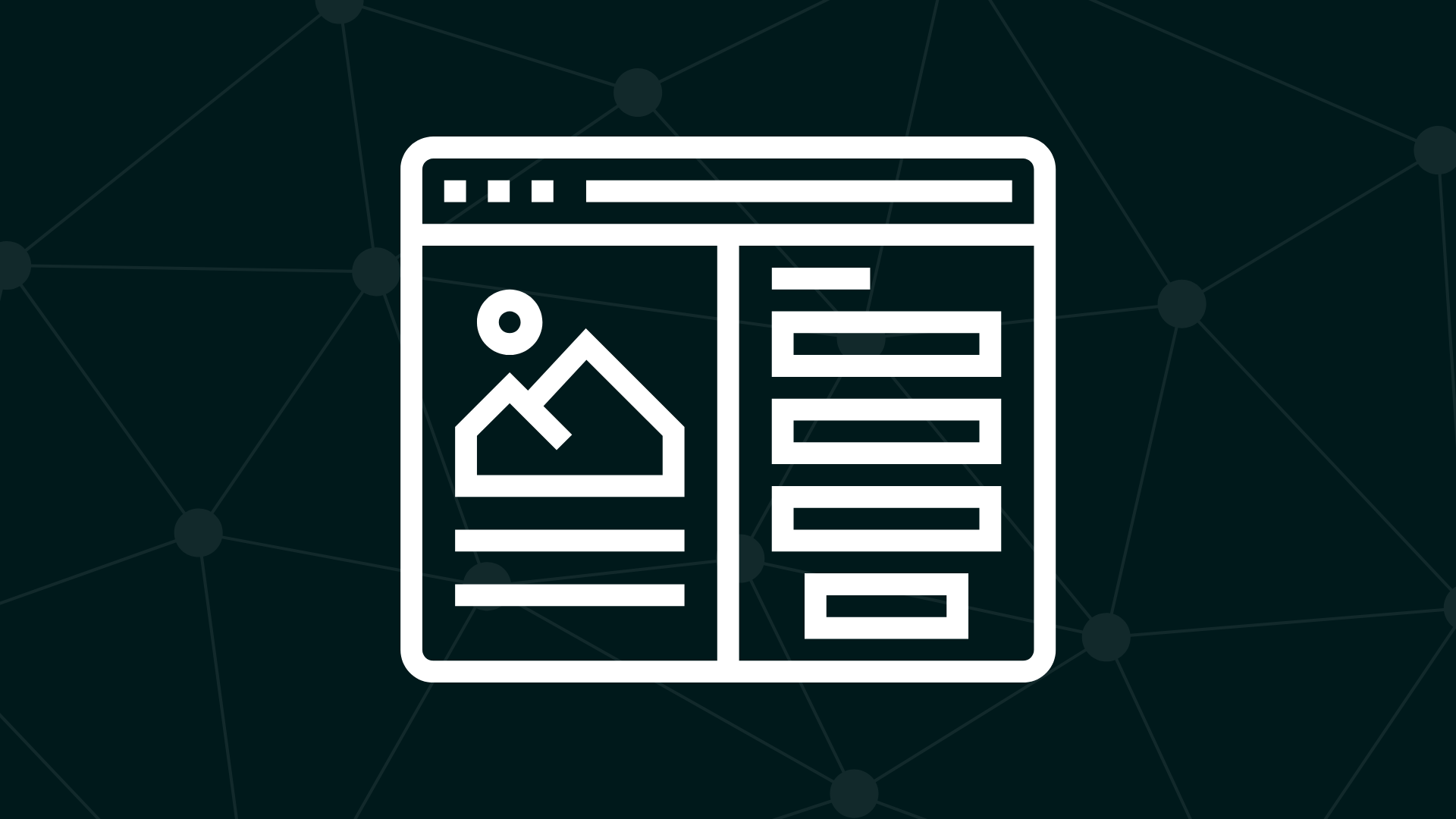
Optimizing Copy for Conversion
Now that you’ve crafted persuasive copy, it’s time to optimize it for conversion. That means tailoring your messaging to each stage of the conversion funnel and incorporating clear calls to action to guide your audience toward taking action.
The conversion funnel is the journey that your audience takes from first learning about your product or service to making a purchase. It typically includes three stages: awareness, consideration, and decision. To optimize your copy for conversion, you should write copy for each stage of the funnel that addresses your audience’s needs and moves them closer to making a purchase.
Awareness stage
Your audience is just learning about your product or service. Your copy should focus on providing valuable information and educating your audience about the benefits of your product or service.
Consideration stage
This is where your audience is actively considering whether or not to make a purchase. Your copy should provide more details about your product or service and address any remaining objections or concerns. More importantly, this is where your copy should reflect that it’s going to be a “get it now or lose it forever” moment.
Decision stage
Your audience is ready to make a purchase. Your copy should provide a clear call to action that guides them toward taking action.
To make your copy more effective at each stage of the funnel, you should use clear and concise language that is easy to understand. Avoid using industry jargon or complicated terminology that could confuse or overwhelm your audience.
More importantly, add CTAs or clear prompts that encourage your audience to take a specific action, such as “Sign Up Now” or “Buy Now.” They should be easy to find and should clearly communicate what action you want your audience to take.
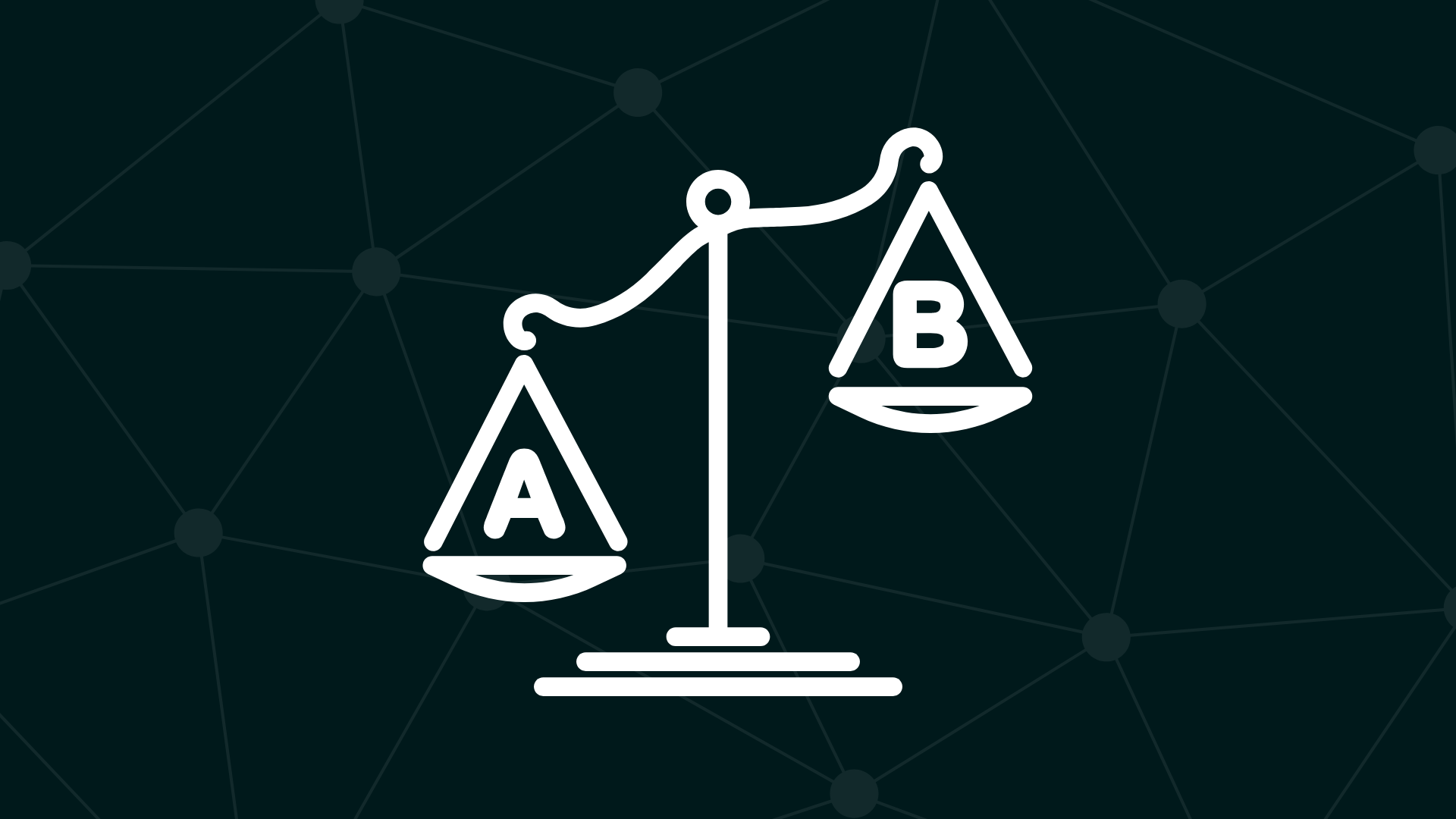
Test different copies and measure results
Testing and iterating your copy in different scarcity marketing campaigns is a crucial part of the conversion copywriting process. This way, you can learn what works best for your audience and optimize your copy for conversion.
Say, for instance, that you’re going to test two scarcity dialogues
-
“Get 30% off of our AI tools. Limited stocks only!”
-
“Get 30% off of our AI tools for a limited duration only!”
What do you think looks good for your landing page?
That’s a subjective question. To help you find your answers objectively, test both of these copies and find which one works better. Let’s explore a few solutions for that!
Use A/B Testing
An excellent conversion copywriter at least uses A/B testing which involves testing two different versions of your copy to see which one performs better. What we just mentioned above is an example of this tool.
Essentially, it’s comparing two versions of your flash sales copies — with variable A as “Get 30% off of our AI tools. Limited stocks only!” and variable B “Get 30% off of our AI tools for a limited duration only!”.
The former sets off as a limited stock or limited quantity phrase, while the latter leverages time limits. It’s hard to just scrap out the rest of the copy when you think the other one is good.
Use Multivariate testing
This method is essentially A/B testing but with more than two variables. Though A/B testing is also a good measurement, multivariate testing helps you identify multiple variables of your copy — as the name obviously suggests.
It’s better to choose which one is best from a multitude of options. It can also help you clearly see which one is bringing in more revenue.
Here are some specific reasons why you should use multivariate testing in copywriting:
Identify the most effective message
Multivariate testing allows you to test different versions of your copy to identify the message that resonates the most with your audience. By testing multiple variations of headlines, subheadings, calls-to-action, and other elements, you can determine which message is most effective at driving conversions.
Optimize for different segments
Different segments of your audience may respond better to different messages. Multivariate testing can help you identify which messages work best for different segments, allowing you to tailor your copy to specific audiences and increase your overall conversion rate.
Improve overall performance
By testing multiple variations of your copy, you can optimize your messaging for maximum impact. This can lead to an overall improvement in performance, including increased conversions.
Eliminate guesswork
Multivariate testing allows you to make data-driven decisions about your copywriting. Instead of guessing which message will work best, you can rely on empirical evidence to make informed decisions about your messaging.
Final Thoughts
Effective copywriting is the magic ingredient that can transform a good scarcity marketing strategy into an irresistible one.
So, if you want to inspire a serious case of FOMO in your audience and get them clicking that “Buy now” button faster than you can say “limited time offer,” then make sure you’re investing in top-notch copywriting. After all, you don’t want to miss out on the conversion rates of your dreams, do you?
You already made it this far, so get ready to take your scarcity marketing to the next level with killer copywriting. Contact us today to get started!








